We’ve been getting very good results with these rules!
We plan on including them in the new 4.0 Pub Battle rules we are working on. Here is a copy of them for you to download and test out; along with correctly scaled Order Sheets!
We’ve been getting very good results with these rules!
We plan on including them in the new 4.0 Pub Battle rules we are working on. Here is a copy of them for you to download and test out; along with correctly scaled Order Sheets!
This is my first miniature army! I know!! Time for show and tell. I’m using these directly on the map, in place of the standard Pub Battles blocks.
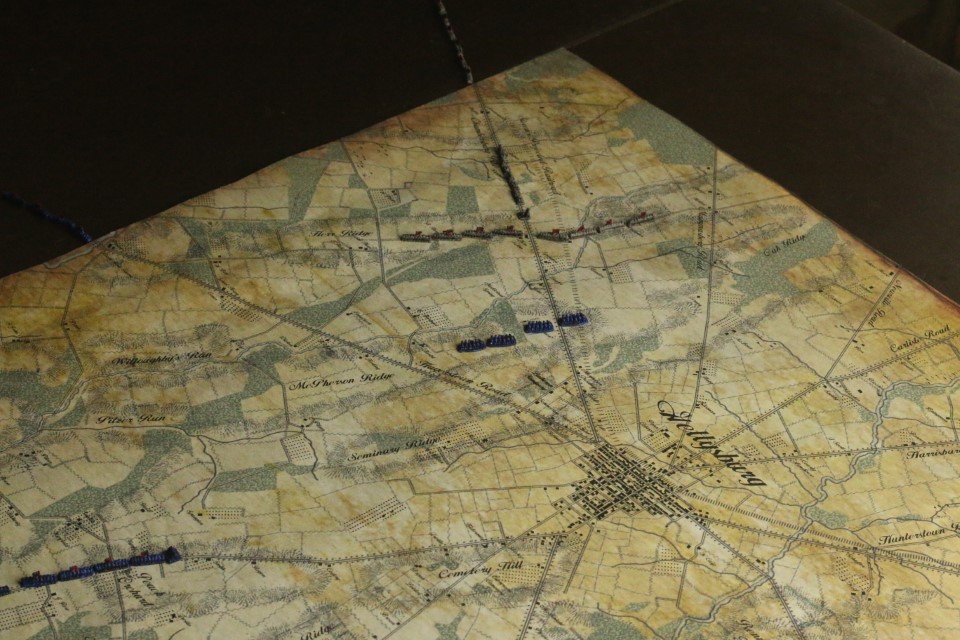




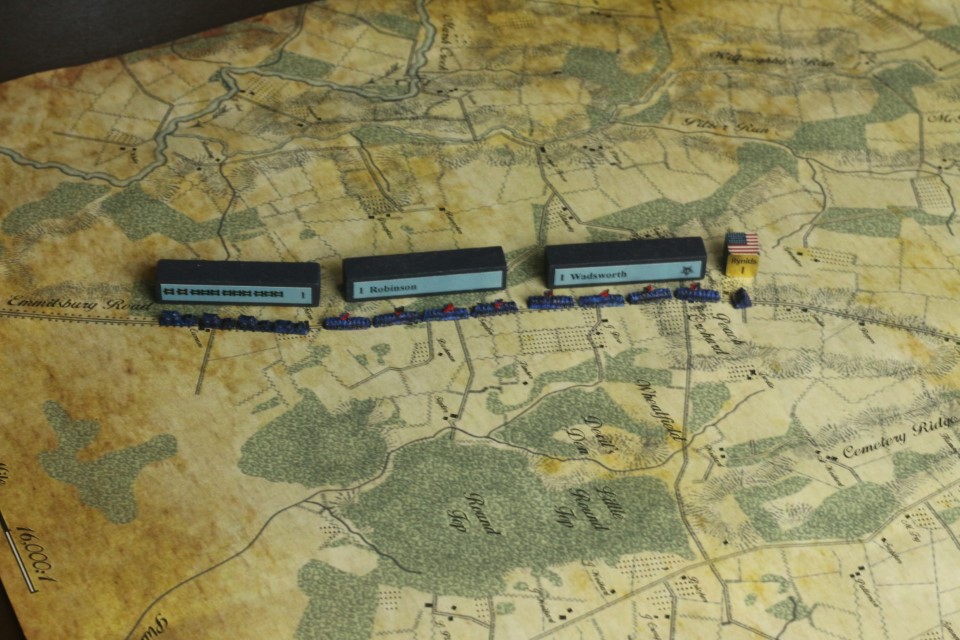
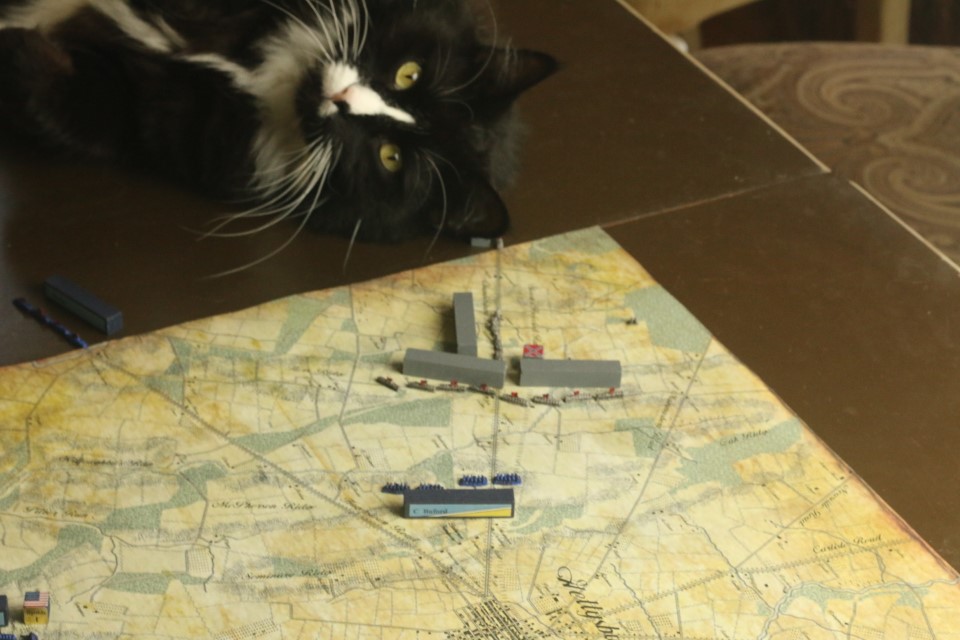
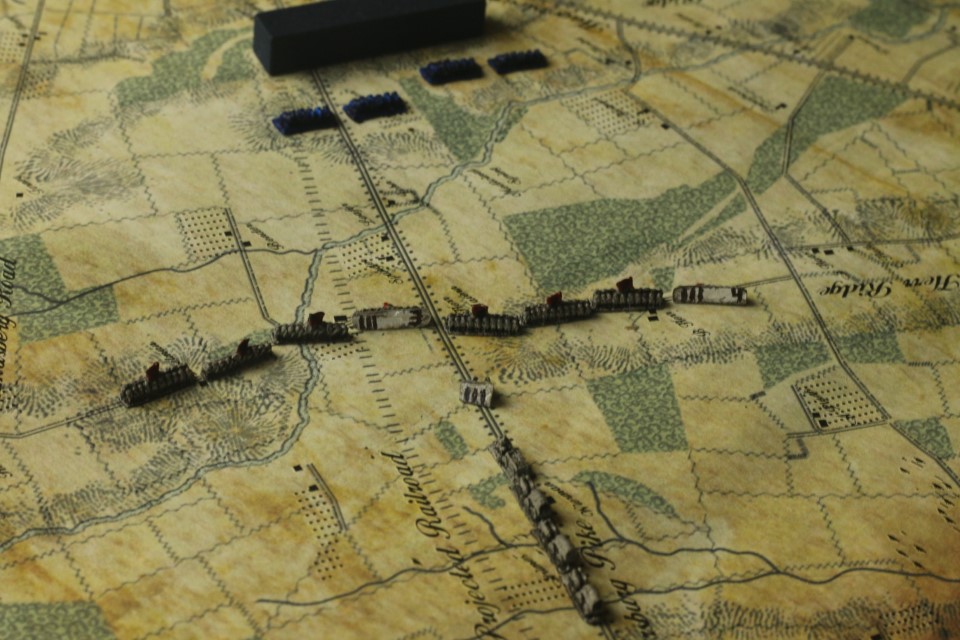


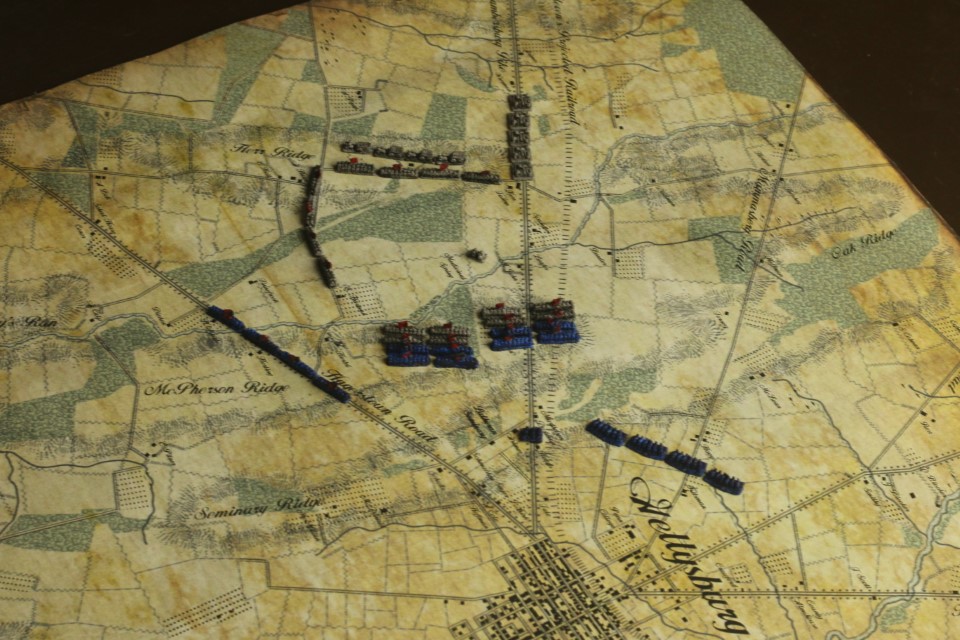

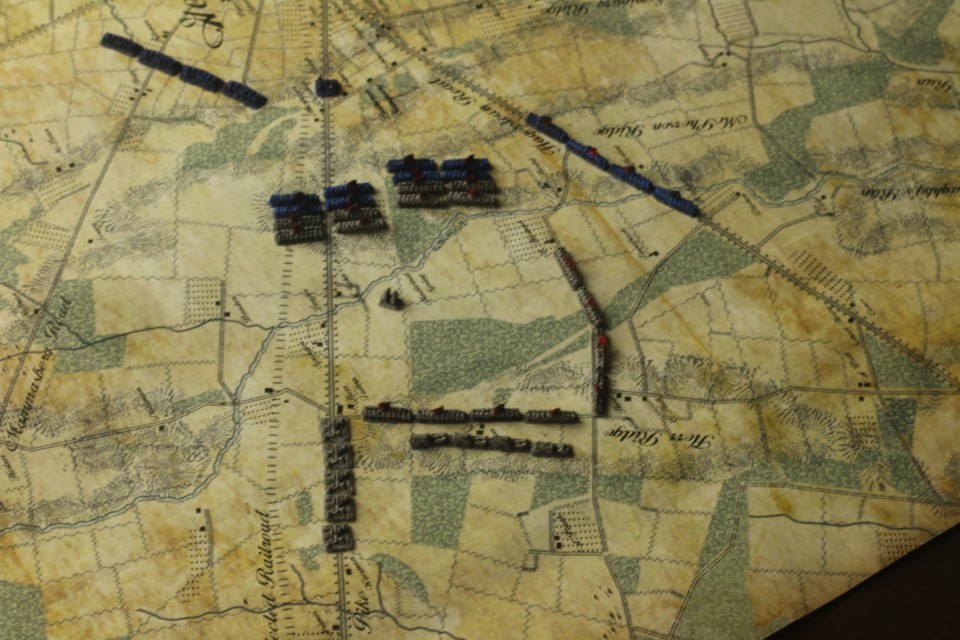


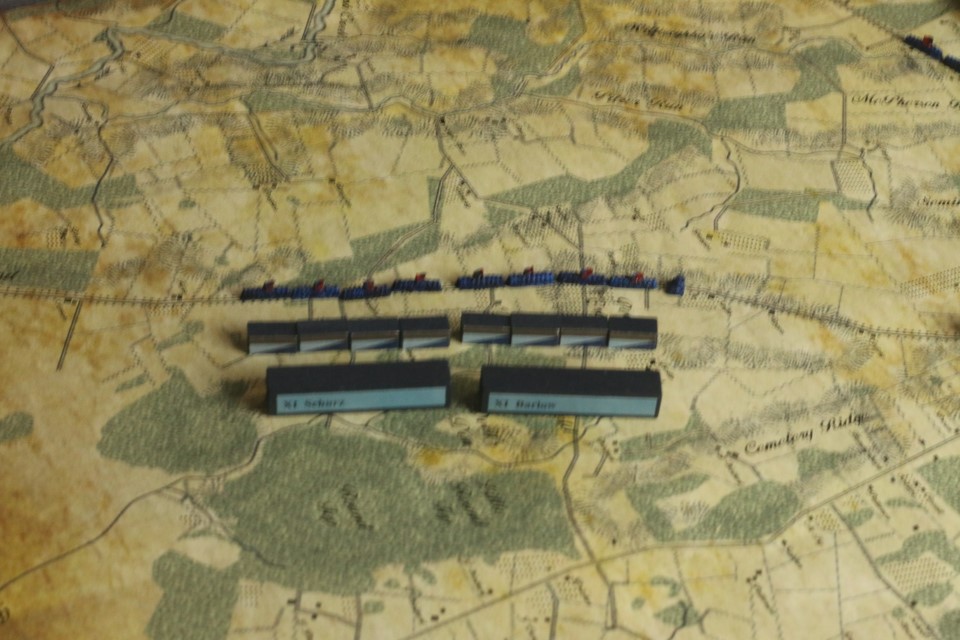
You can get these minis at Irregular Miniatures. They are a great company. They have lots of great minis. They also make standard KS blocks in metal! Check them out.
This is a fun little exercise to teach and learn the importance of weather gage. You are windward if you are closer to the wind than your opponent. In square rigged ships, this gives a tactical advantage called: Weather Gage.
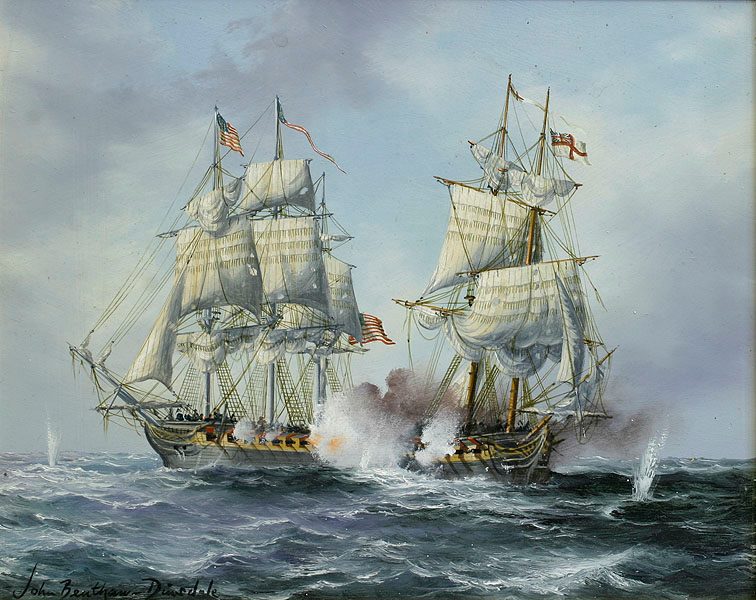
If you have weather gage, you can decide IF there will be an engagement at all. If you don’t want a fight, you can turn about and reach up into the wind. A leeward ship, (downwind from you) will never be able to catch you. Assuming they go the same speed: you are both square rigged ships with no damage.
Both players start with Sloops. The Merchant has 1 crew and 5 cargo. The Pirate has 3 crew and 3 guns. Arrange the ships thus, with the wind to the Merchant’s back:
Merchant in Red
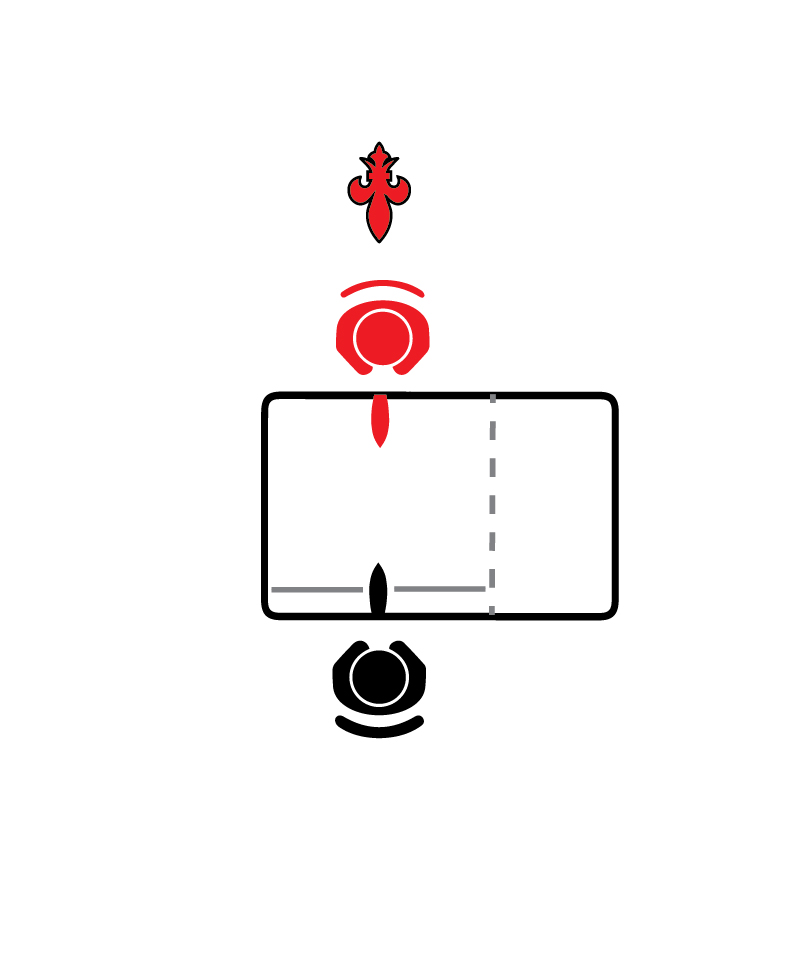
Pirate in Black
As the Pirate, see if you can force a fight and capture / sink the Merchant.
As the Merchant, see if you can escape and slip past the Pirate. If you can’t, call off the engagement and just escape safely off your own map edge.
With practice, a skilled Merchant will ALWAYS win. The Pirate should never be able to catch them.
Play this several times on each side. Got it down? Good. Now give the Pirates a Brig. Can the Merchant still win? The Brig is faster but the Merchant still has Weather Gage.
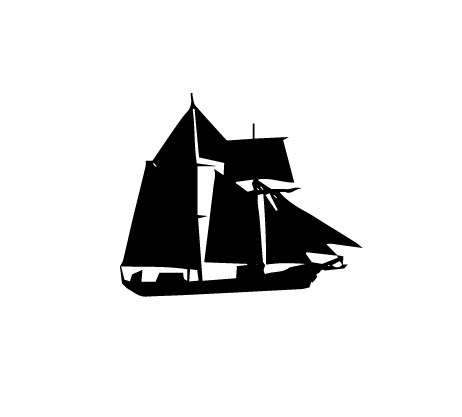
Alright, now give the Pirates a Schooner. Schooners are actually faster beating up into the wind, while you are slower!! Who wins most of the time now?
The Baltimore Privateers (schooner) were smaller but they were a favorite of Pirates. Do you see why?
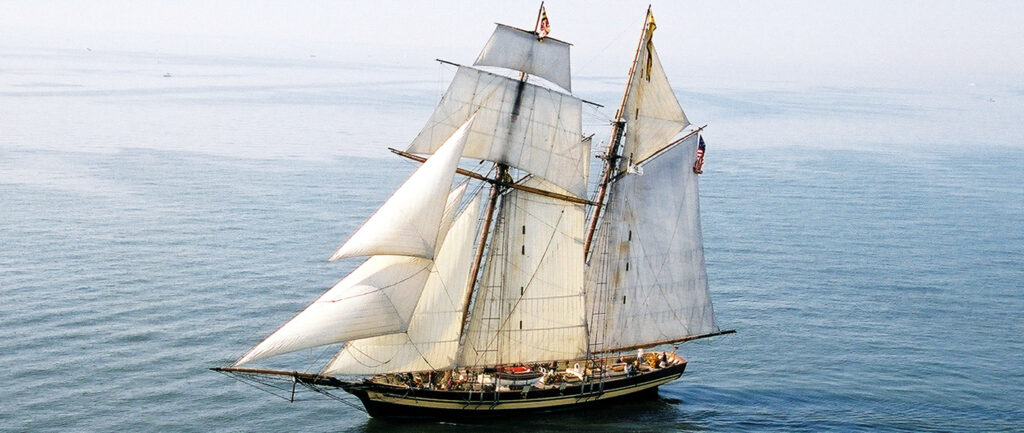
What do we learn from all this? Here are some general guidelines to follow:
With Weather Gage, against other square rigged ships:
-Use it! Fight on YOUR terms.
-If things go wrong, you can break off the fight and escape by beating into the wind.
With Weather Gage, against Schooners:
-You are in a very dangerous situation. You can’t escape by beating into the wind! They’ll catch you.
-IF you can’t fight them, your only chance is to juke past them with a brilliant move and then make a run for it! Remember, Schooners go slower while running. You go faster. With a little luck and a very tricky maneuver, you might be able to escape downwind. It won’t be easy.
What if you’re both sailing Schooners? Well, then you’re on equal terms, right? Since you’re both going the same speed, standard Weather Gage advantage applies. You can escape windward. You can fight when and where you want.
Pub Battles does a great job at Fog of War. Here are a few variant or house rules we’ve been experimenting with to make this even thicker!
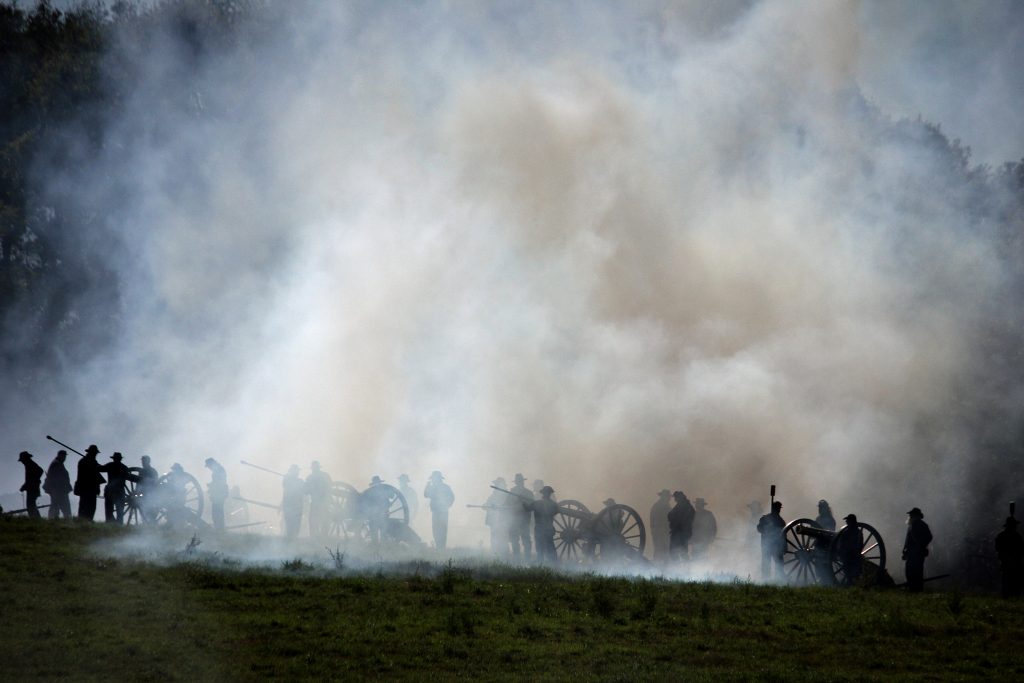
Hidden Status
Why rotate the block face up when spent? It shows the enemy what you have and their status! Shouldn’t this be kept secret?

Instead of rotating Spent blocks up, we flip them upside down. We also keep them facing their player when they retreat. This keeps them hidden, as they should be.

-Instead of centering the stickers, I put these on lined up with the bottom edge. Just for kicks. ?? I kind of like it better. They look more like the Kriegsspiel blocks this way. It also gives you a better visual cue for which way the block is facing. They are also easier to put on the block without getting crooked. You can just line them up flush with the bottom. I think I’m going to keep stickering my new games this way!

Hidden Blocks
While we’re on the subject, why not keep the whole block secret too? Why tell the enemy which unit it is? What its quality is? Is it just a Detachment or an Elite?
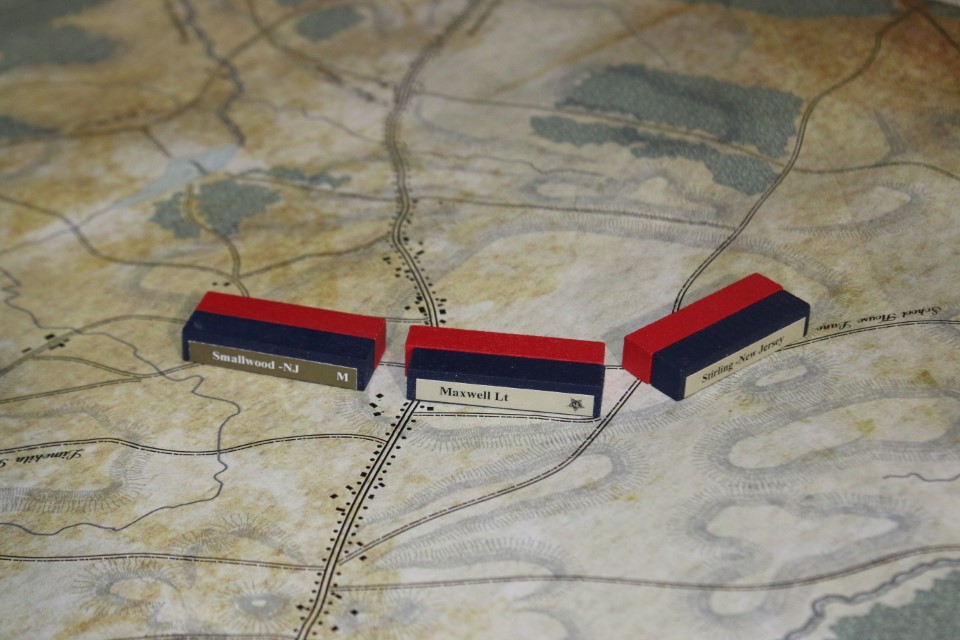
Let them keep guessing as you fight round to round. They should at least know the type: infantry, artillery or cavalry.

Hidden Dice
Why should the enemy know how many hits you just took in that last shot? This should be unknown really, right? We’ve been experimenting with pulling chits from a bag or pool rather than rolling dice. The player taking the hits should pull and then implement the results in secret. You can easily make your own chits or maybe even a small deck of cards.

Hidden HQ
The board looks cool with the flags all showing face up.

The problem with this, is that when you flip your HQ when it Alters, it reveals who that general is!

Why should the enemy know that? Better to keep this secret, right? Instead, place your Fresh HQs with the gold, leader’s name side down, the flag facing towards you.

Rotate it Flag up when you Alter. There. Now you can still keep track of who has already Altered, but the enemy is still left in the dark. As it should be.

Yes, some of this will help with Solitaire play too. If none of the blocks are face up, when you spin the board around, all you see is a field of hidden blocks. That makes it easier to forget exactly what they had where and their status.
Though not a full on Solitaire system, this is a fun way to play and gets pretty close. Mike Strand came up with this idea. It works on any Pub Battles game.
Basically, you don’t know if the Corps are actually there for the battle. Set up the game normally, except you only place the HQs on the map. You don’t know if that Command is actually there or not. Move them around as if they were until they are spotted by the enemy.
Then, simply roll a die to see if they are actually at the battle or not. 1-3, they are not present. Remove the HQ and chit from play. 4-6, they are present for the battle. Place their forces on the field at or behind the HQ.
You can play one side, and then randomly roll as you sight the enemy side to see if they are really there. It works for both offense or defense. You can even roll for your forces too! I would recommend rolling for each of your Corps first before the battle so that you actually know what you are working with. I’d wait to roll for the enemy Corps until you can sight them.
Won’t this radically throw the play balance out of whack? No. It still works fine. That’s because victory isn’t tied to the map, it’s tied to your baggage trains! End up badly outnumbered? So what? You can still easily win. Make the best of what you have to work with. Belt out significant losses on the enemy, then bug out. It is still possible to leave with a substantial point victory.
Test this out and let us know how it goes!
All Pub Battles are naturally great for solitaire play. Germantown works exceptionally well! The British start off on the map. They are on defense. The Colonials enter anywhere along the north map edge. What makes this interesting is that there are 6 different roads that span all across this edge. There are also 5 different Colonial HQs with Reserve Cards.

If you’re not familiar with Pub Battles, the HQs mark the command’s position on the map but the forces are actually held off map, hidden from view behind these little screens. You place your hidden troops on the map as the enemy can spot your HQs but there is a dense fog at Germantown. The very short visibility range means your troops remain hidden almost until they attack.
The army sizes of the opposing forces are nearly identical. The British have a few less blocks but they make up for this in better quality. So how can the Colonials attack into 1:1 odds and still have a chance of winning this battle somehow? The British are attacked from 5 different directions at once. The large map spans a wide area. They can’t be everywhere!

Seven of the Colonial infantry blocks are full strength, regulars (like 3 SPs). Two are weak militia units (like 2 SPs). Three are small (1 SP) detachments. The problem for the British player is: which Colonial HQs are the main threat? The command could be 3 full regular infantry with artillery and baggage train logistical support for a sustained fight, OR it could just be 1 Militia. –or maybe just 1 or 2 Detachments, or any combination of the above. The British have no idea until they actually engage these forces and start fighting.

You can probably see where this is going. For an awesome solitaire game, all you have to do is setup and play as the British. Spread the Colonial HQs out and enter normally. Have them come in on different roads and march straight towards the British to attack. What is on their Reserve Cards? You have no idea!
Upon contact with a Colonial HQ, randomly determine what blocks it has in Reserve. There ya go. Virtually any combination would have been a good viable strategy in this battle. As the British player, you’ll have to intercept the Colonials to figure out what they have and where. After that, you’ll have to scramble to adjust your forces to meet the primary threat before it is too late.
This is very challenging, realistic and great fun!!
Give it a try and let us know how it goes in the comments below.
If you’re like me, your eyes aren’t getting any better. I know. I hate it too! :/
We are testing out a new style of dice stickers. It is a cleaner and sleeker design: more graphical, fewer numbers, bigger easier to read font.

I’ve been testing them out. I like them better. I guess the downside is that they look a little modern. They don’t have that old world, period look to them.

We’re not sure yet if we want to make them available. What do you guys think? Do you like them better? Would you rather have these?
They are easy to change. The trick is to soak the dice in hot water for awhile. Then you just peel off the old stickers and wipe clean with a towel.
In the Art of War, Sun Tzu talks about Dying Ground. It is a fascinating factor, but one I’ve never seen accounted for in a wargame.
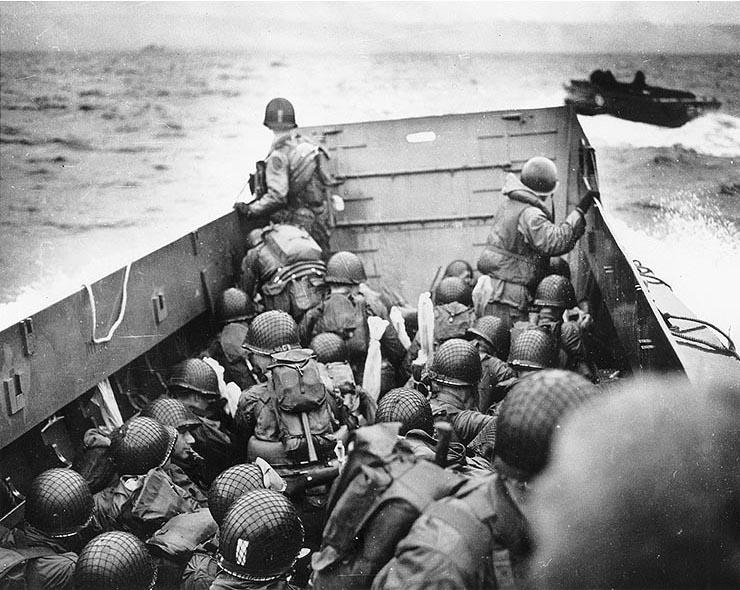
Most soldiers in war do not actually fight. Accuracy on the firing range doesn’t translate into casualties on the battlefield. Why not? At first, you might think the adrenaline rush of battle might being throwing off the marksmanship. Psychologist have determined that the real reason is, that most people don’t want to kill somebody. Even the enemy, in a firefight. -Fine, I’ll serve. I’m not a coward. I won’t desert. I’ll stand with my unit, but you still can’t make me kill someone.

Most soldiers from the Civil War would pull their shots: intentionally fire high over the heads of the enemy. Another trick was to not pull your trigger. Load, level your musket but don’t actually pull the trigger. Just keep reloading and act like you are fighting. That’s why they would find many muskets after a battle that were reloaded 10 times but never fired.
The number of men that actually do shoot to kill in war is very low. Down around 10%, as I remember. Imagine if you could get all the men in a unit to actually fight! This brings us back to Sun Tzu. This is what he called, Dying Ground:
When you cannot press forward or retreat; when you will survive if you fight quickly and will perish if you do not –It is said “Put them on dying ground, and then they will live.”
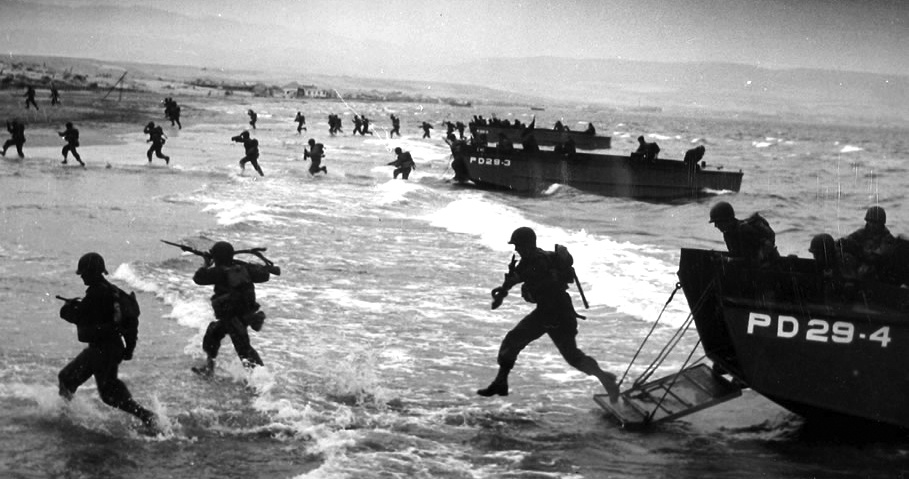
What would that look like in a wargame?
Dying Ground –Optional Rule
Before resolving a Combat, check to see that your units have an open route to retreat. If their route is blocked by impassible terrain and enemy units, they are on Dying Ground.
Units fighting on Dying Ground get a +1 combat modifier.
They will also ignore a second hit retreat result. They will stay in place and keep fighting. The third hit they take will destroy them as usual.
I have no idea what this will do to the game. It may result in all kinds of trouble. It also adds complication and extra rules to remember. With Pub Battles, we always try to keep that to a minimum. So I don’t expect to see this as an official rule later.
Try this out and let us know what you see. Is it good? Does it work?
Here is a very cool way to denote your battle field for an Ancient battle!

I love it!!! Cut out a hunk of leather. Perfect!!!
This brilliant idea comes to us from Mike Strand.
The Pub Battles rules make an excellent system for miniature games. They are:
These scales will help you to setup and play miniature battles with Pub Battles rules.
Time scale
1 turn = 1.5 hours.
Map scale
1 mile = 3.75 inches.
Movement Rates
1 Mounted move = 7.5 inches. 1/3 Mounted move = 2.5 inches.
1 Foot move = 5.25 inches. 1/3 Foot move = 1.75 inches.
Unit Scales
Blocks are: 1 7/8 x 3/8 inch.
HQs: 3/8 x 3/8 inch.
For large armies, units typically represent Divisions. 2,500-5,000 men.
For smaller engagements, they can represent Brigades. 750-2,000 men.
We assume that units of this size have a smattering of guns attached to them. Artillery pieces represent a larger concentration of a Corps reserve artillery.
Most often, organize Commands into Corps. Depending on the size of forces involved, you may want to group these together into Wings. Typically 3-6 Commands per side works best.
Miniature Scale
2mm miniatures work really well. You don’t even need basing. Just line up 3 stands for each Unit.

You can even use Kriegsspiel blocks for the units.

Scale Conversion
Pub Battles is made to fit an entire battle on a small table. For miniatures, you may want to scale it down to a bigger size.
For example, you may want to double a 2 x 2 foot Pub Battles map into a 4 x 4 foot big table. Scales would now be double as follows:
Double Scale:
1 mile = 7.5 inches.
Movement Rates
1 Mounted move = 15 inches. 1/3 Mounted move = 5 inches.
1 Foot move = 10.5 inches. 1/3 Foot move = 3.5 inches.
Blocks are: 1 3/4 x 3/4 inch.
HQs: 3/4 x 3/4 inch.